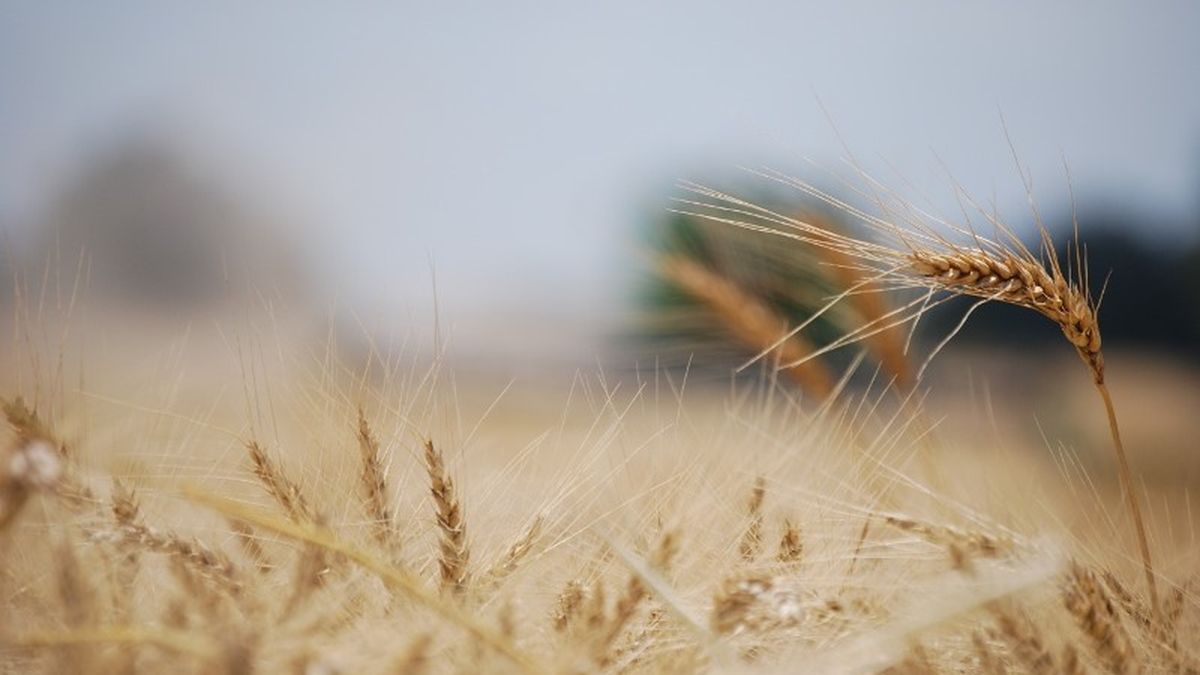The plan will last three years and may be extended, while the portfolio led by Julián Domínguez invited the provinces to join “to participate and collaborate with the fulfillment of the proposed objectives.”
The regulation also approved the “Closing Productive Gaps” program, which aims to reduce the differences between wheat producers through specialized technical assistance.
To this end, the Ministry “will make available to small and medium-sized wheat producers, who in their last three campaigns have obtained medium to low yields, direct specialized technical advice with the aim of increasing their yields by applying better sustainable management practices.” , was specified in the annex to the resolution.
“With this action, it is expected to advise, in each campaign, between 200,000 and 500,000 hectares of wheat with an expectation of improvement in yield of between 0.2 and 0.5 tons per hectare”, which would represent “a production increase of up to 250,000 tons/year,” he explained.
The annex indicated that “potential beneficiaries of this Program will be wheat producers in their own fields or leased with a maximum of 500 hectares of area planted with wheat on average in their last three wheat campaigns and who, for the annual campaign, plan to plant between 100 and 500 hectares of wheat”.
In the preamble to the standard, it was noted that Argentina “is one of the world’s leading wheat exporters, supplying 46 countries with a volume of 12.2 million tons during 2021,” and that “in the 2021/ 22 a new wheat production record has been reached with 22.1 million tons harvested”.
Likewise, it was highlighted that “the Argentine milling industry and other internal uses currently represent a demand of 7.5 million tons, with its industrial capacity of 12 million tons.”
“Wheat production involves around 38,000 producers throughout the national territory”plus “there is a potential for growth in production linked to the closing of the so-called ‘productive gaps’ between the most and least technical segments”complete.
In this regard, the latest estimate from the Rosario Stock Exchange for the 2022/23 campaign, soon to begin, is for a drop of 14% to 19 million tons of wheat, due to a decrease in the area to be planted. 8%, which would be around 6.35 million hectares.
If these projections materialize, production will be 3.1 million tons less than the previous campaign, and the sown area will fall by 550,000 hectares, as a result of low water reversals in some sectors and increased costs.
Source: Ambito
David William is a talented author who has made a name for himself in the world of writing. He is a professional author who writes on a wide range of topics, from general interest to opinion news. David is currently working as a writer at 24 hours worlds where he brings his unique perspective and in-depth research to his articles, making them both informative and engaging.



